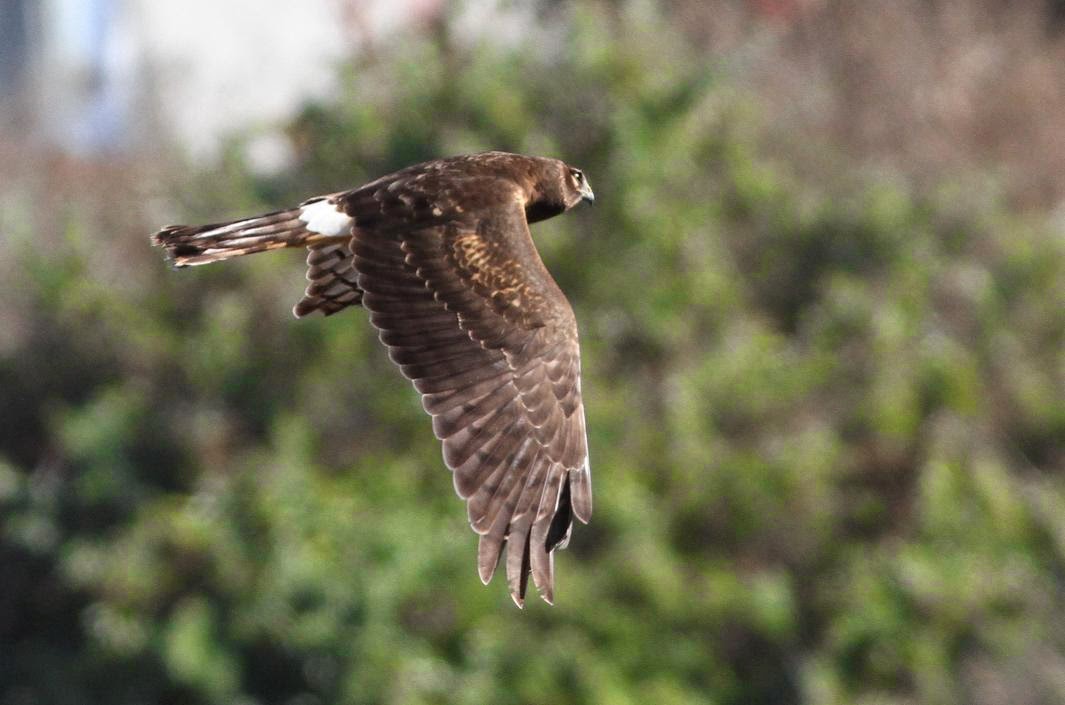Saturday, Nov. 22, 2014
For the last few days, the birding has been very
slow... spotted a raptor here and there but mostly too far away. Even the "king
of drama" the Great Blue Heron has been seen mostly just preening and
perched on his favorite mound.
Most local photographers will stop by the lagoon even at
high tide just to see if there are any interesting subjects to shoot just because
the lighting is so perfect. The only interesting bird subject lately has been
the Great Blue Heron. He is landing in the same area where he grabbed the grebe
the other day. But today all he did was preen and sleep.
LOL... This is what happens when we get bored and there
are no bird subject to shoot! One of our local photographers and me kidding around. All the photographers are super
talented and interesting individuals and lots of fun to be around. Wonderful friends and
acquaintances makes birding a joy!
It was time to go to Rios to see what is happening over at
the wild side of the lagoon! First I went to the peninsula trail to see if I could spot any Nelson's Sharp-tailed Sparrows
but I could only find what appeared to be an angry little House
Wren.
This is the first time I have seen a House Wren here at
the point.
He has a lot to say...
With no sign of the Nelson's Sparrow I head for the Pole
trail. As I leave the peninsula trail, I pass a young Great Blue Heron standing
in the pickleweed hunting for fish. The tide was so high
he was only visible from his belly up.
The GBH catches a little fish but the pickleweed and
the tall marsh grass obstructed a clear shot of the prey.
At the small earth-dam near the pumphouse, I spot a Blue-gray
Gnatcatcher busy snacking on insects.
Blue-gray Gnatcatcher measures 4.5 inches long with a wing
span of 6 inches. Looks much like the California Gnatcatcher except it has all
white outer tail feathers as you can see in this photo.
We are both startled with the appearance of this
magnificent raptor soaring by. This is the female Northern Harrier. Looks like
she has a few tattered primary flight feathers. One feather looks broken
near the tip.
It may take a year to grow back if it is one of this year's new
ones... It will make it easy to ID this female.
Walking past the pumphouse and half way to the end of the
Pole Trail, I saw a Great Egret hunting next to the trail. He let me get
very close before he decided to
fly.
LOL... This is what happens when you get too close to a huge bird and want to go for the
flight shot.
full frame!
Happy to have a close-up shot of the egret, I walk further
south on the Pole Trail. And in an instant the whole trip to Rios pays off...
I spot a pair of Red-breasted Mergansers!!!
Wow, this is my first spotting this year
and I never expected to find them in the channel next to the railroad tracks!
Both Mergansers were diving for fish and appeared to be having great success...
Red-breasted Merganser... "Mergus
serrator". They measure 23 inches long with a wing span of 30
inches. They are known as the saw-bills and described to have long bodies and
ride low in the water as seen in this photo.
According to the Sibley Guide to Birds
the Red-breasted Mergansers prefer shallow, sheltered salt water which is what
our lagoon has to offer.
The two Mergansers in the photos appear to be females.
As they head north I hear the Amtrak train approaching...
As the train roars by... the Mergansers are startled and
take flight. The wing markings also indicate that this is a female.
The Merganser follows the channel for a short distance and
veers to the left...

























No comments:
Post a Comment